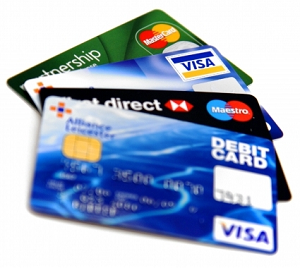It appears that the US banks are at a losing end as more thieves are using credit and debit card to steal some money.
Internationally, security is now becoming the main concern of the payment industry. It is said that for every $100 worth of credit and debit card purchases last year, 4.46 cents goes to the thieves. This is not the first that it happened since it already happens back in 2009, with an average lost of 4.71 cents. The report based on a data released by The Nilson Report, a California trade publication.
Nilson Report publisher David Robertson says most of the security gains were at banks in Europe and Asia that has adopted stricter security procedures, including issuing cards packed computerized chips to help in verifying purchase.
Robertson said that U.S. banks and merchants have recoiled at the cost of conversion. Consequently, fraud in the United States represented 47 percent of worldwide losses for the previous year — up from about 46.5 percent in 2009 and 44 percent in the middle of the previous decade.
Robertson believes that the trends reflect more than technical problems. For example, some Asian financial institutions are more possible to decline to decline a transaction, which appears dangerous compared to U.S. institutions, facing more competition since their customers often has multiple credit cards.
In 2010, the total losses amounted to 7.6 billion, which is up 10 percent from 2009.
 This year, the banking industry, has taken its toll of breaches. Citigroup Inc said in May that hackers capable of breaking Into its network and seized information from some 200,000 Citi credit card holders.
This year, the banking industry, has taken its toll of breaches. Citigroup Inc said in May that hackers capable of breaking Into its network and seized information from some 200,000 Citi credit card holders.
Nonfinancial companies that include Google Inc and Lockheed Martin Corp also have suffered the latest cyber attacks, which bring scrutiny from regulators.
Robertson’s numbers are in line with previous trends, and he notice that the losses for U.S. banks can still be manage given how profitable their payment card operations have become. Retailers also lose bigger amount on theft cases not involving payment cards.
Still, banks in Europe and elsewhere have encouraged in deploying the so-called “chip-and-pin” card systems, making it harder for thieves to produce counterfeit payment cards, a vulnerability for U.S. cards that carry data on magnetic strips.
After TJX Companies had suffered an enormous breach at the hands of hackers emerging at the start of 2007, executives at the retailer requested for wider implementation of the chip-and-PIN cards.
Experts think U.S. merchants and banks are going to spend millions of dollars on such improvements once it becomes worth their while.